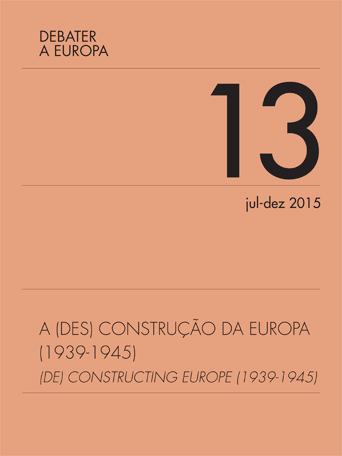(Re) constructing Europe after 1945: the Council of Europe and the new political and normative architecture
DOI:
https://doi.org/10.14195/1647-6336_13_4Keywords:
Council of Europe, European Union, Human Rights, Democracy, Normative powerAbstract
Since its foundation, the Council of Europe has played a leading role both in the post-World War II, and after the Berlin Wall fall, striving for the adoption of high standards of protection of fundamental freedoms and human rights. Although the constitutive Treaty of the Council of Europe was signed in London in 1949, its headquarters were set halfway between Paris and Prague, recognising the importance of linking “two former Europes” economical and socially devastated by the two world wars.
After more than 50 years, it’s important to recall the origins and the evolving role of the Council of Europe, as well as discuss the future prospects of one of the most important but also probably one of the less recognized, and frequently misunderstood, European political Organisations of the post 1945.
Downloads
Downloads
Published
How to Cite
Issue
Section
License
Authors retain copyright and grant the journal right of first publication with the work simultaneously licensed under a Creative Commons Attribution License that allows sharing the work with recognition of authorship and initial publication in Antropologia Portuguesa journal.










